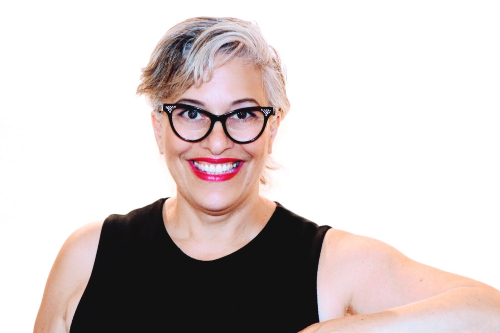Employers ‘not insensitive but biased’ and in need of education for inclusion efforts

It’s not that organizations are mean-spirited and deliberately exclusionary about people with disabilities, they just need more exposure and information, says an advocate.
“We’re not going to address what’s happening unless we address it through education [and] osmosis to creating a foundation through a conscientious decision to understand that there is bias,” says Tova Sherman, CEO of the reachAbility Association in Halifax.
“We have to understand that the number-one challenge around disability inclusion in the workplace is, in fact, the stigma and the bias, whether it’s conscious or unconscious bias,” she says. “Frankly, we have no idea what disability means and we’re terrified.”
The negative stigma around disabled persons remains firmly entrenched among employers, she says, and it is holding back many from meaningful careers.
“The real truth is that we did not learn about disability in some kind of ‘Disability 101.’ Probably it was the schoolyard, a very cruel place; perhaps it was whispers or laughing in the house; or maybe it’s from the movie of the week where the guy lost his memory and can’t remember anything.”
“What we’re saying to employers is ‘We haven’t really given you much information on this, you’ve probably got a lot of misinformation from your sources,’ and now I’m saying, ‘Please engage this population,’” says Sherman.

Tova Sherman
But it’s not as simple as bringing in people to the organization who are unique.
“If you’re trying to be inclusive, the first step is not bringing people in that are necessarily different,” she says. Instead, it should be about basic knowledge, foundational work, and knowing and understanding that everyone learned about what they’re talking about “from all the wrong places.”
Successful change comes from the C-suite or any inclusion effort will fail, says Sherman.
“The fish stinks from the head because if you don’t have buy-in at the top, you can forget it [despite] all the goodwill of all the good people in the world.”
Employers should make sure their culture is healthy and welcoming, she says, “because you can hire all the BIPOC people, you can hire persons with disabilities… that doesn’t make you an inclusive culture, it just makes you a diverse staff.”
Having open discussions at the workplace will also facilitate a more inclusive culture but this rarely happens, says Sherman.
“I think the stat by StatsCan is around 65 per cent of Canadians say it’s the last place they discussed their disability is at work. It’s the silence and the lack of discussion that has left persons with disabilities certainly less likely to speak about their disability at work than any other place.”
If HR is sincere about diversifying the look and feel of staff, “you cannot run things the way you always did. You can’t just dust off the old ad,” she says.
“I’m not asking for people with disabilities or any other marginalized group to get a job out of pity. What I am saying is, often these biases that we’ve built into the system that we don’t even know we have, are blocking us from getting to the right person and instead we’re settling for a smaller pool of talent.”
The federal government is looking into making changes to the Accessible Canada Act and is looking for feedback.
However, 76 per cent of companies reported having no diversity and inclusion goals, according to a recent survey.




